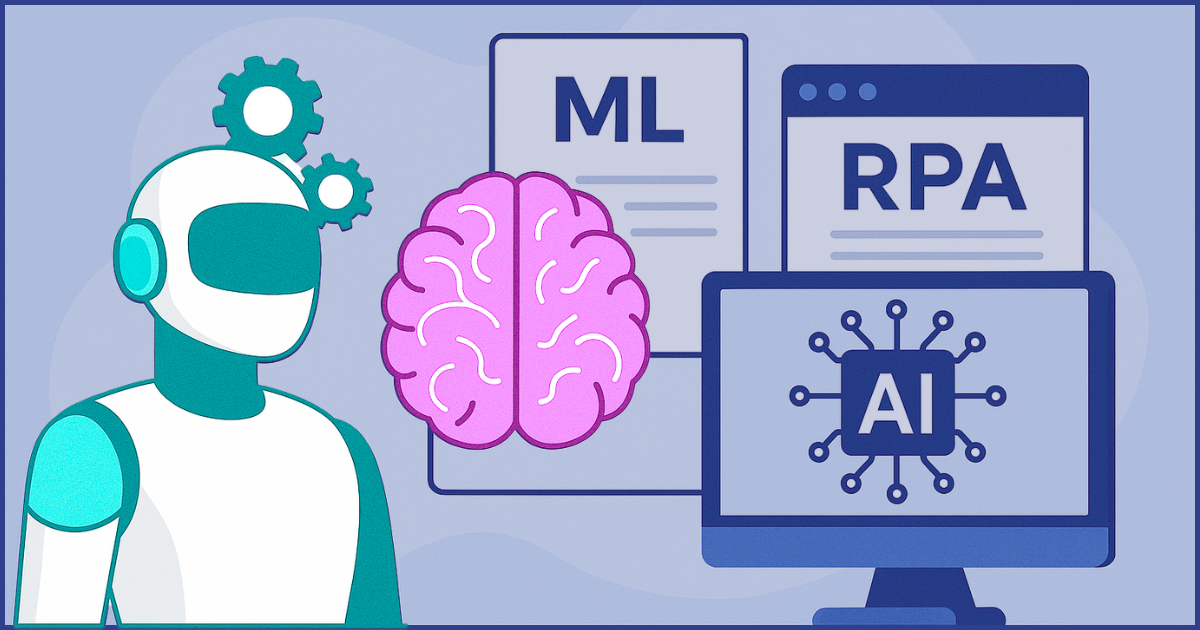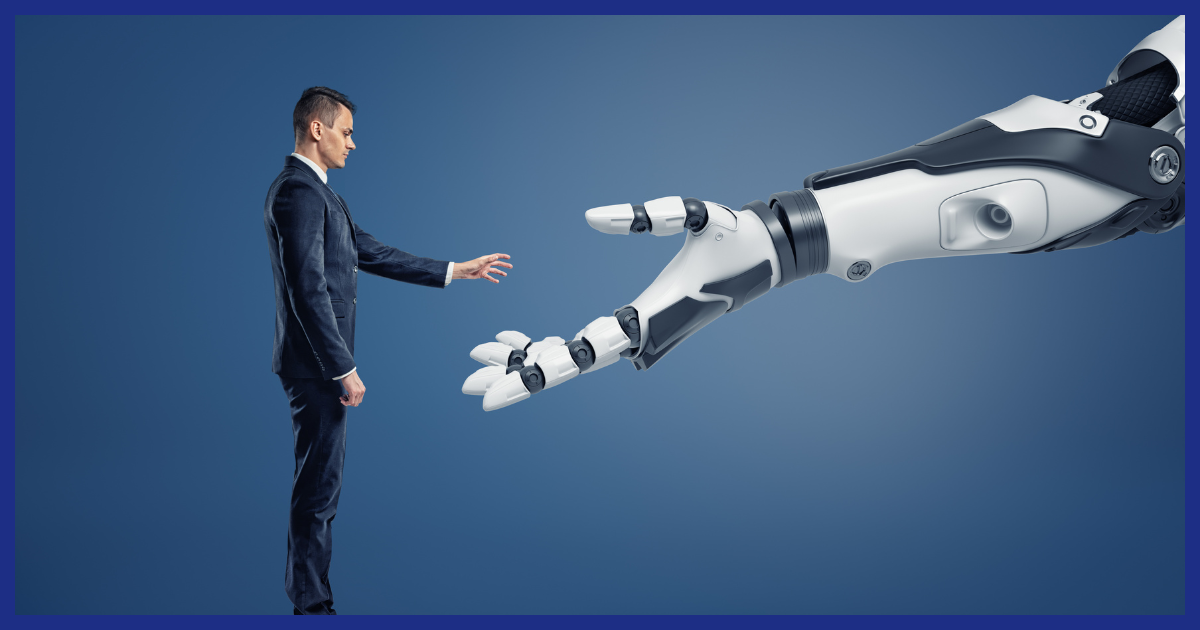Are You Ready for AI? 5 Questions to Ask Before You Automate
The AI revolution isn’t coming, it’s already here. Businesses across every industry are finding new ways to save time, reduce costs, and increase...
2 min read
 Shane Naugher
:
Aug 13, 2025 9:30:00 AM
Shane Naugher
:
Aug 13, 2025 9:30:00 AM
If you've ever chatted with a website assistant that gave you robotic responses or dodged your question entirely, chances are you were talking to a traditional chatbot. Fast forward to today, and you might find yourself in a conversation that feels more… human. That’s thanks to the rise of Large Language Models (LLMs). But what’s the real difference between these two technologies, and why does it matter for your business?
Let’s break it down.
You’re told that chatbots save time, improve customer service, and reduce costs. But many businesses find traditional chatbots fall short of expectations. They’re limited, rigid, and often struggle with anything outside of a few pre-programmed scenarios.
So where’s the disconnect?
It lies in the difference between rules-based systems (traditional chatbots) and AI-powered models (LLMs). And understanding this difference can be the key to transforming your customer experience, internal efficiency, and bottom line.
Traditional chatbots are built using predefined rules and decision trees. Think of them like flowcharts: if a user says “X,” the bot responds with “Y.” They work fine for simple, repetitive queries like:
“What are your business hours?”
“Where is my order?”
“Reset my password.”
The Catch?
They can’t handle nuance, context, or unexpected questions. Once a user goes off-script, the conversation quickly falls apart. This leads to frustration, and often, a human intervention anyway.
LLMs, like OpenAI’s GPT models, are designed to understand language the way people use it. These models are trained on vast amounts of data, enabling them to understand context, sentiment, and complex sentence structure. The result? Conversations that feel natural, responsive, and even empathetic.
Here’s what LLMs bring to the table:
Contextual Understanding: They remember what was said earlier and respond accordingly.
Dynamic Responses: No prewritten scripts, just smart, real-time conversations.
Scalability: From customer support to marketing content creation, LLMs handle diverse tasks.
Continuous Learning: With feedback loops and fine-tuning, they get better over time.
Imagine This:
A customer asks a nuanced question about your return policy that doesn’t quite match the FAQ phrasing. An LLM-powered assistant understands the intent, offers a tailored answer, and follows up with next steps. No escalation needed.
Businesses today don’t just need automation, they need intelligent automation. Here’s where the difference becomes critical:

If your customers (or employees) expect quick, meaningful, and human-like responses, LLMs are no longer a luxury, they’re a necessity.
At Innovative Automations, we help businesses leverage the power of LLMs without needing in-house AI teams. Whether you’re looking to upgrade a legacy chatbot or build a fully intelligent assistant from the ground up, we make it simple.
Our Process:
Consultation: We learn your goals and workflows.
AI Assessment: We identify areas where LLMs can deliver real value.
Tailored Implementation: We build a solution that fits your business, not the other way around.
Ongoing Optimization: We don’t just deploy, we refine and improve continuously.
We also offer white-label solutions for MSPs who want to offer AI under their own brand, no development required.
While traditional chatbots paved the way for digital customer service, LLMs are redefining the experience entirely. They’re not just smarter, they’re better at understanding, adapting, and delivering real value.
The question isn’t if your business should upgrade. It’s when.
Ready to explore how LLMs can transform your business or client offerings?
Book a consultation with us today.

The AI revolution isn’t coming, it’s already here. Businesses across every industry are finding new ways to save time, reduce costs, and increase...

Ever feel like tech terms are being thrown at you faster than you can Google them?You’re not alone. AI, RPA, Machine Learning, they’re used...

Imagine having a virtual assistant that never sleeps, a data analyst who works in real time, and a marketing strategist who adapts instantly to...